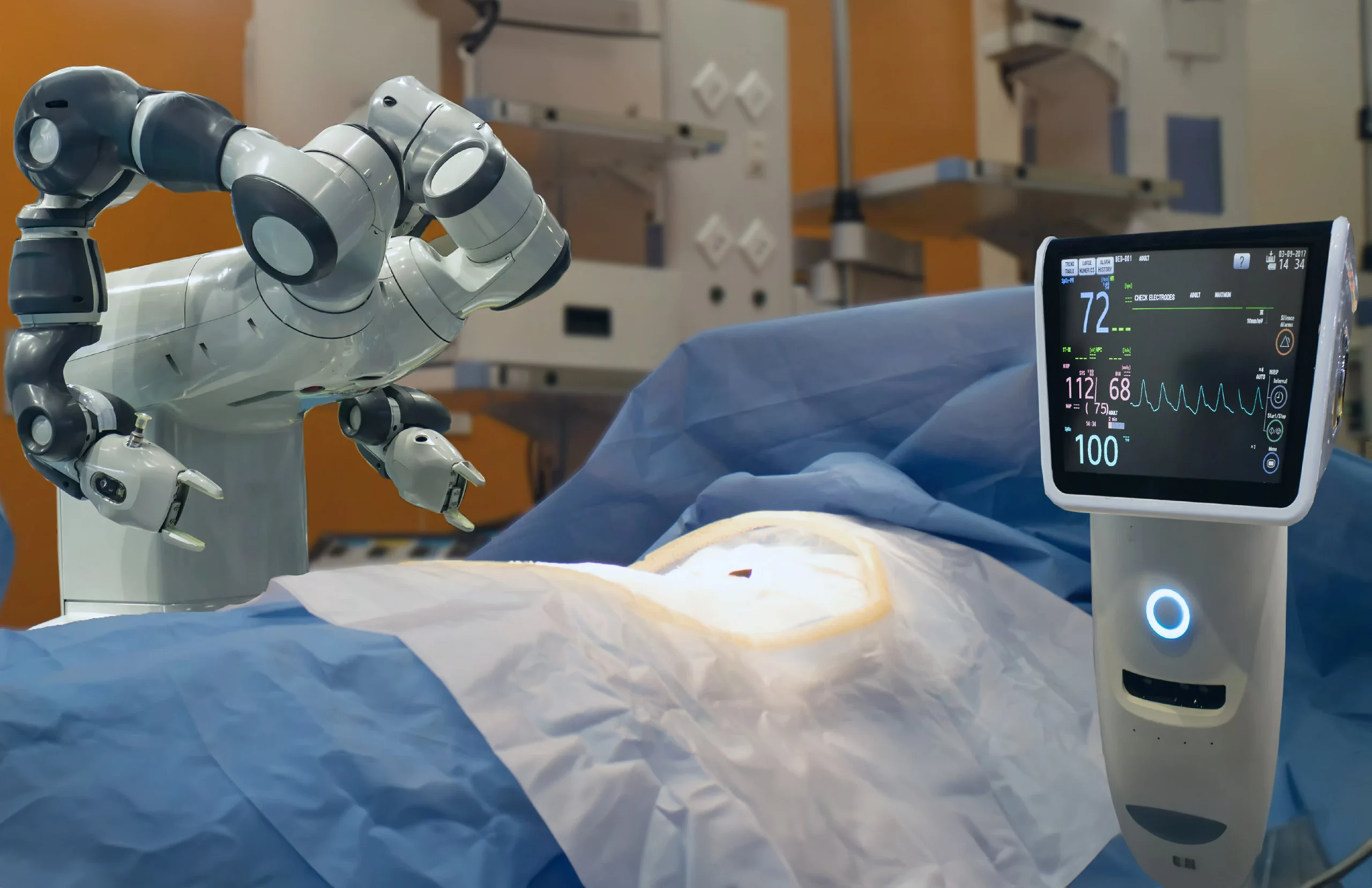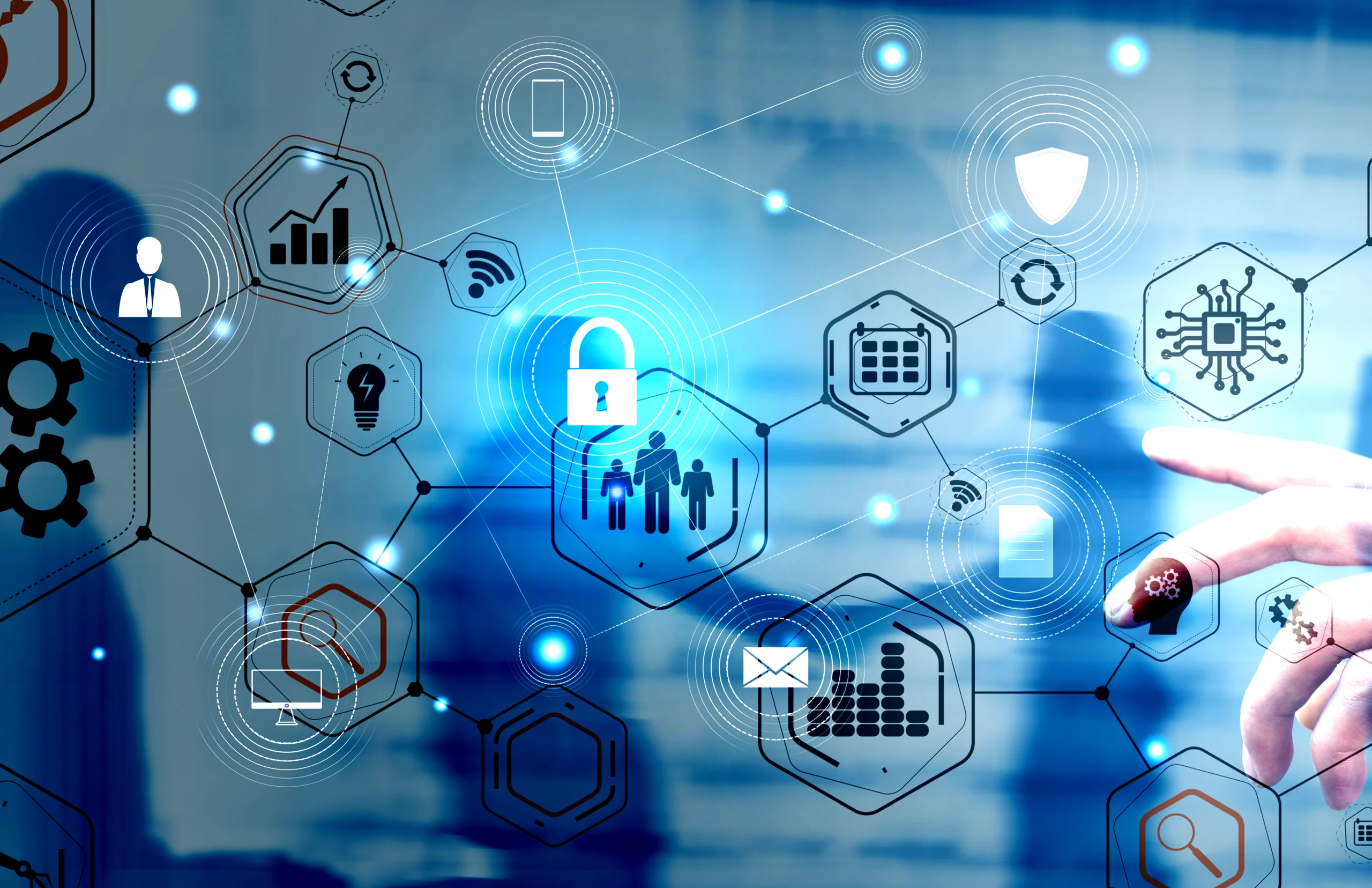Let’s explore the ongoing trends in IoT device lifecycle management.
Today, there are more connected devices than humans, a trend which is only expected to grow further in near future. A typical Brownfield IoT device may or may not be designed for connectivity and is expected to remain fully operational for several years without the need for replacement. This calls for a mechanism which allows you to deploy, provision and unprovision field devices remotely. Managing connected devices/products is in fact, the single biggest challenge one may encounter. All the devices present in a given network generate a huge amount of data continuously. So, device data protection is also a big concern in the connected device network.
IoT device lifecycle management/remote device management (RDM) solutions have emerged as a necessary prerequisite for IoT-based businesses to meet end user expectations on service reliability. The ability to manage devices remotely improves asset utilization as well as employee productivity. It helps reduce service costs and improve customer satisfaction while enabling product companies to achieve scale quickly and reduce their operational costs. Such a lifecycle contains various stages including device onboarding, device registration & authentication, device configuration & control, device monitoring & diagnostics, device software updates & maintenance, and device off-boarding.
Device onboarding
“How simple or complex my deployment is going to be?” Depending on the project requirements, I would need to figure out the time consumed in on-boarding all my devices. Take the example of a connected healthcare system. With easy and fast on-boarding of existing medical devices carrying electronic health records (EHR), caregivers can save a lot of time that typically goes in patients in filling long medical forms. With easy device on-boarding, medical information of the patient can be easily and securely shared with their respective physicians or specialist.
In a typical Home Automation system, the on-boarding process would involve bring several smart devices and sensors – smoke detectors, temperature sensors, alarms, cameras etc. into the wider network. It can include several events like updating configuration management database, validating the real functioning of the device, checking compliance with safety requirements etc.
Device registration & authentication
Device Management services comprise of securely establishing device identity and registering the device into the network. It starts with device authentication which is the process of classifying and validating the identity of a system in a secured way. Through single sign-on (SSO), the whole process can be automated through a rule engine.
“Is it easy and fast to register devices in the network?” Take an example of mounting security cameras at homes and offices. A key consideration regarding this service is to register and authenticate those cameras to the connected systems as early as possible. The process of device registration and authentication can differ depending on the size of the network as well as the devices connected to it.
Device configuration & control
Whenever any new device is installed in the network, configuration has to be done remotely. Device configuration can be achieved on either software or firmware level.
Device monitoring & diagnostics
Device monitoring & diagnostics encourages root cause analysis and capability to provide alarms / signals in case of emergency. A dashboard is created to provide a status of all devices. This functionality helps you to incorporate predictive maintenance and save costs on field visits. As the network grows, the effort required to monitor and manage all the connected devices also increases.
Device software updates & maintenance
It is a process that updates software of connected devices. The process undergoes various stages like synchronization, downloads, management, configuration and deployment of software updates.
Device off-boarding
It is a process of deregistering a smart device. All authentications and validations of a device should be swiftly removable from the network so that device can no longer interfere with the functionalities of the remaining network.
Key Benefits of IoT Device Lifecycle Management
- Device uptime can be maximized through constant monitoring.
- Reduced response time through quick alerts / alarms in case of emergency.
- Increased service reliability and network efficiency.
- Reduction in operational and support costs through remote software upgrades and device maintenance
Check out this blog that describes the 4 fundamental elements in designing a device lifecycle management mechanism for IoT: device provisioning, device edge, data management and intelligence and APIs.













